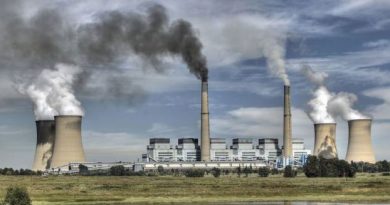Renewables Outpace Fossil Fuels In Europe Second Year In a Row

For the second consecutive 12 months, Renewable Energy sources produced extra energy than fossil fuels within the first and second quarters of 2019.
That’s the spotlight discovering of a brand new report on the European energy market from vitality knowledge analyst EnAppSys. The report exhibits that renewable tasks generated 245.8TWh of electrical energy within the three months to June 30 – 21.3 % greater than the mixed 202.7TWh produced from gasoline, coal lignite, oil, and peat throughout the identical interval.
This repeats the pattern seen in 2018, which saw renewables produce 288.4TWh and 252.8TWh in the first and second quarters respectively, while fossil fuels generated 258.9TWh in Q1 and 224.8TWh in Q2 last year.
The analyst said this was part of a trend which has brought “increased levels of stability” to the European power market.
EnAppSys director Jean-Paul Harreman said: “The state of the power fuel mix across Europe has largely stabilized, with levels of renewables no longer seeing large increases and the balance between coal and gas largely staying static.
“This means that the share of generation from fossil fuels, renewables and nuclear have largely remained static since 2017, with renewables providing more than fossil fuels in the first half of the year and this trend reversing in the second half of the year.”
Nuclear dominated Europe’s power mix during Q2 2019, generating 28.2% of total electricity.
Hydropower produced 17.5%, gas 17.0%, coal/ lignite plants 14.7%, wind 11.5%, solar 6.5% and biomass projects 3.4%. The remainder was made up of oil 0.6%, waste 0.5% and peat 0.1%.
Harreman added: “Though many countries are claiming they are moving towards a renewable future, a large share of European electricity continues to be generated from dirty fuel sources.
“Coal and lignite plants continued to produce a high share of total generation in the second quarter, which is only 22% down on Q2 2016 levels.” He further added, “In the brief time period, this development may proceed as many operators are discovering it tough to safe finance and subsidy assist for renewable tasks. There can also be the problem of switching from coal to gasoline in areas wherein home gasoline provides and gasoline infrastructure is low.”
Hydro assets provided the main source of renewable electricity generation during the quarter, producing 109.2TWh, while wind farms generated 71.6TWh, up 25% on Q2 2018 levels.
For more information click Q1 2019 and Q2 2019




